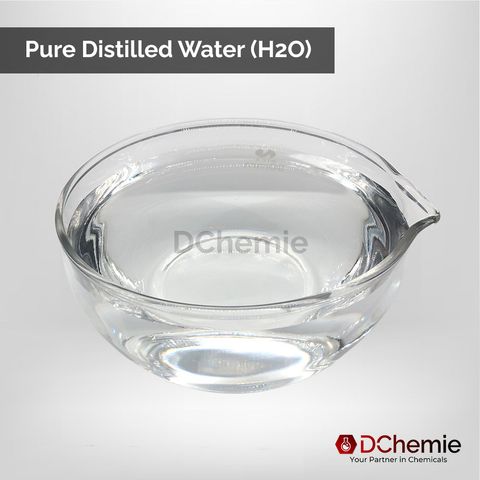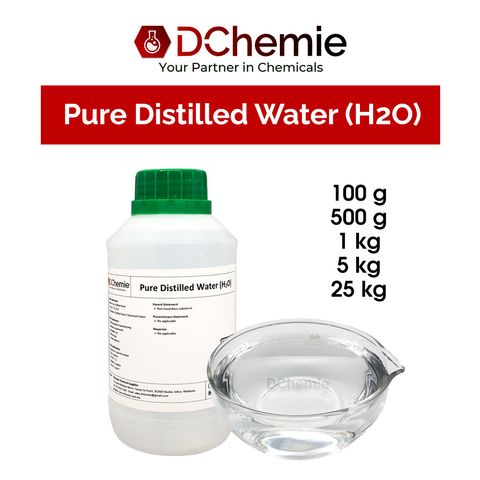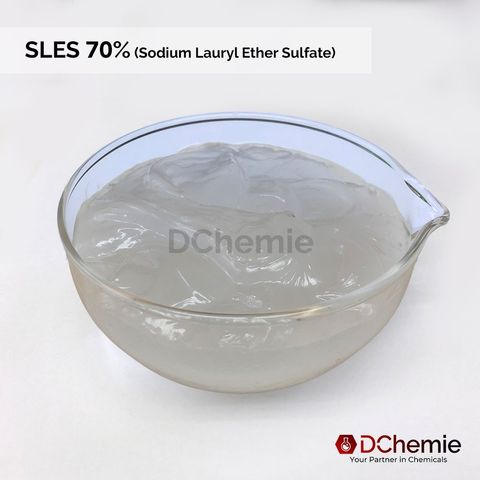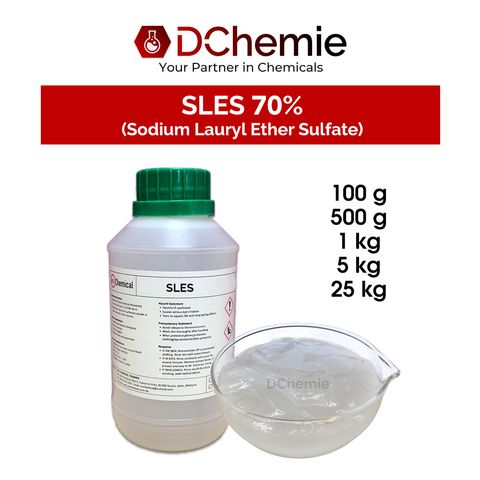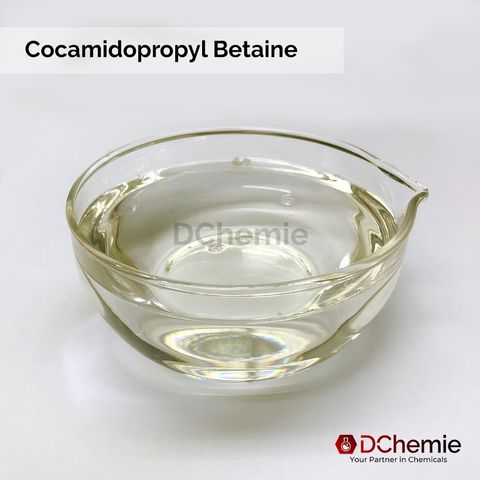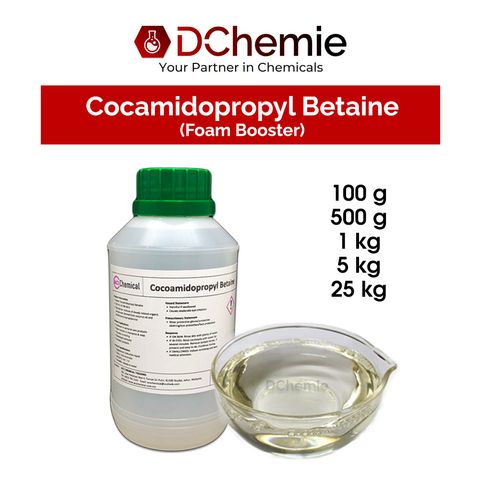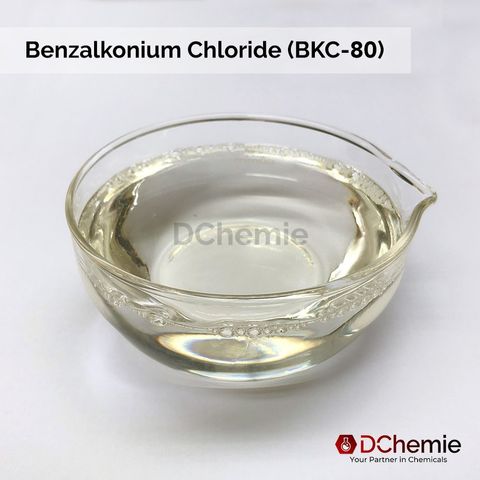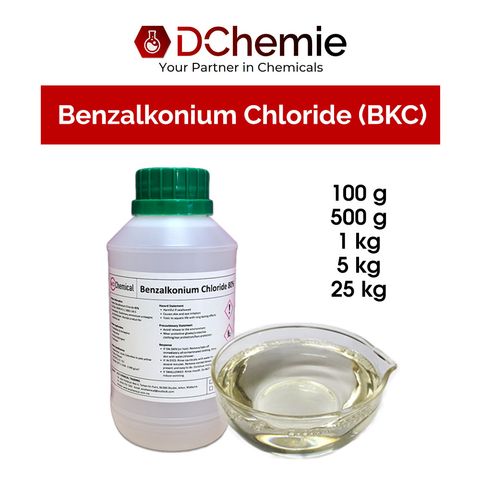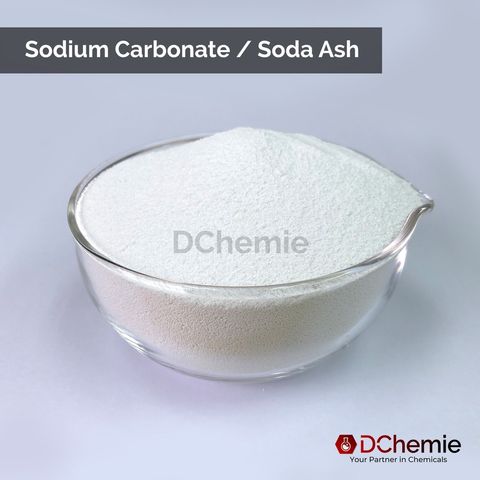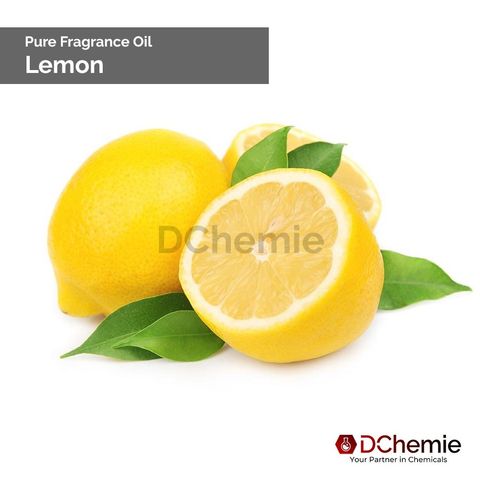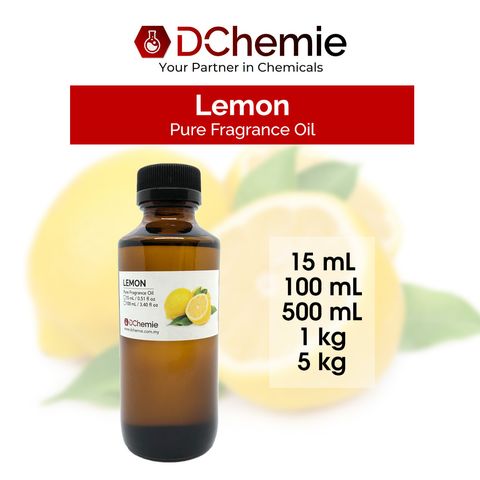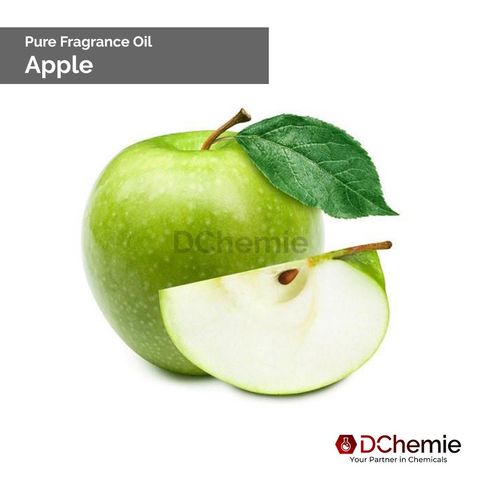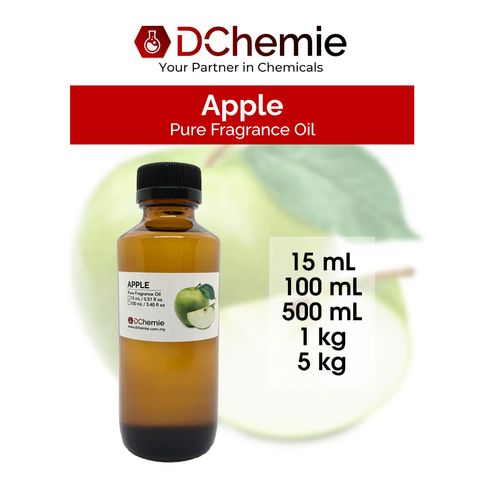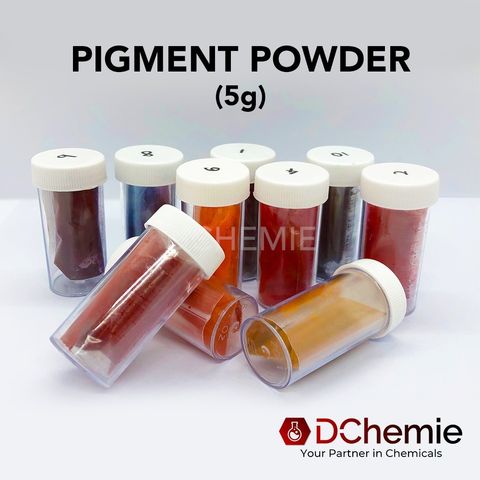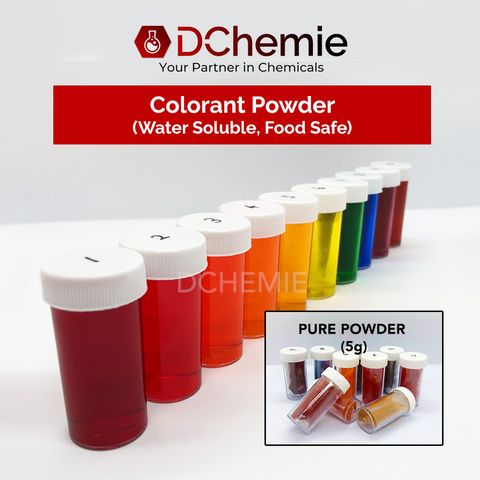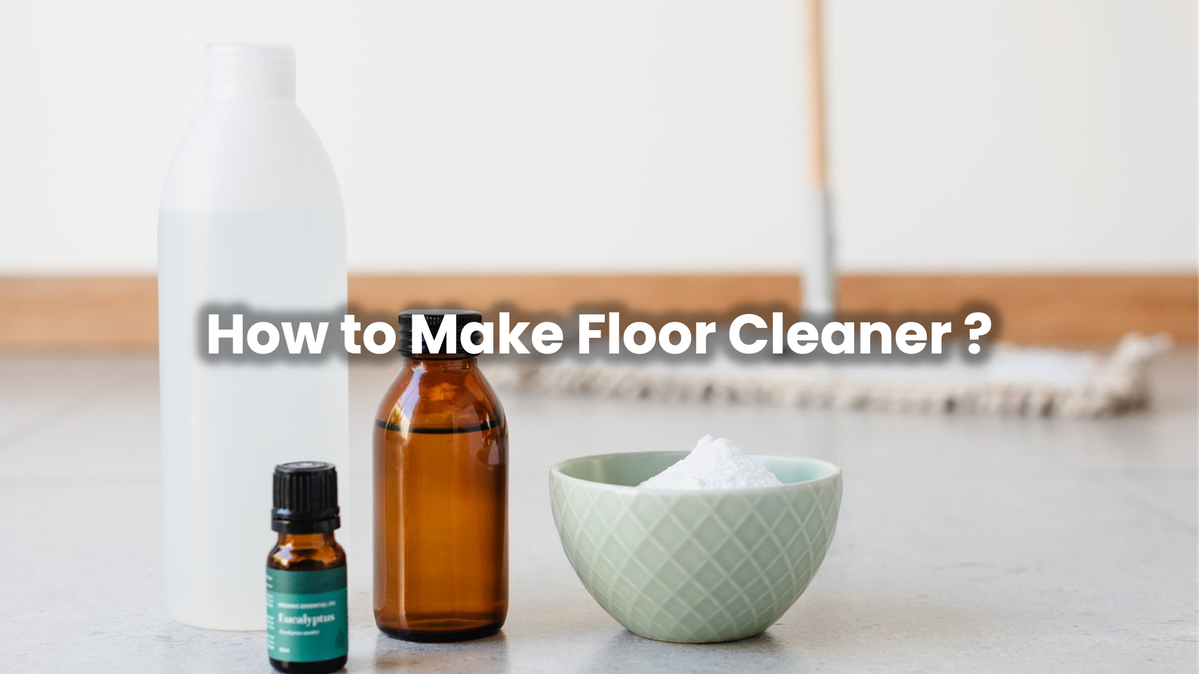
About Making Floor Cleaner
Floor cleaners are essential household products designed to remove dirt, stains, and germs from various types of flooring surfaces, ensuring a clean and hygienic environment within homes and commercial spaces. Understanding how to create an effective floor cleaner can empower individuals to maintain cleanliness efficiently. This comprehensive guide will delve into the process of making a floor cleaner, covering ingredients, tools, steps, common issues, and key takeaways.
What is the function of Floor Cleaners?
The primary function of a floor cleaner is to break down and lift dirt, stains, and grime from the floor surface, leaving it clean, sanitized, and visually appealing. Additionally, floor cleaners often contain disinfectant properties to eliminate harmful bacteria and germs, contributing to a hygienic living or working environment.
Common Ingredients
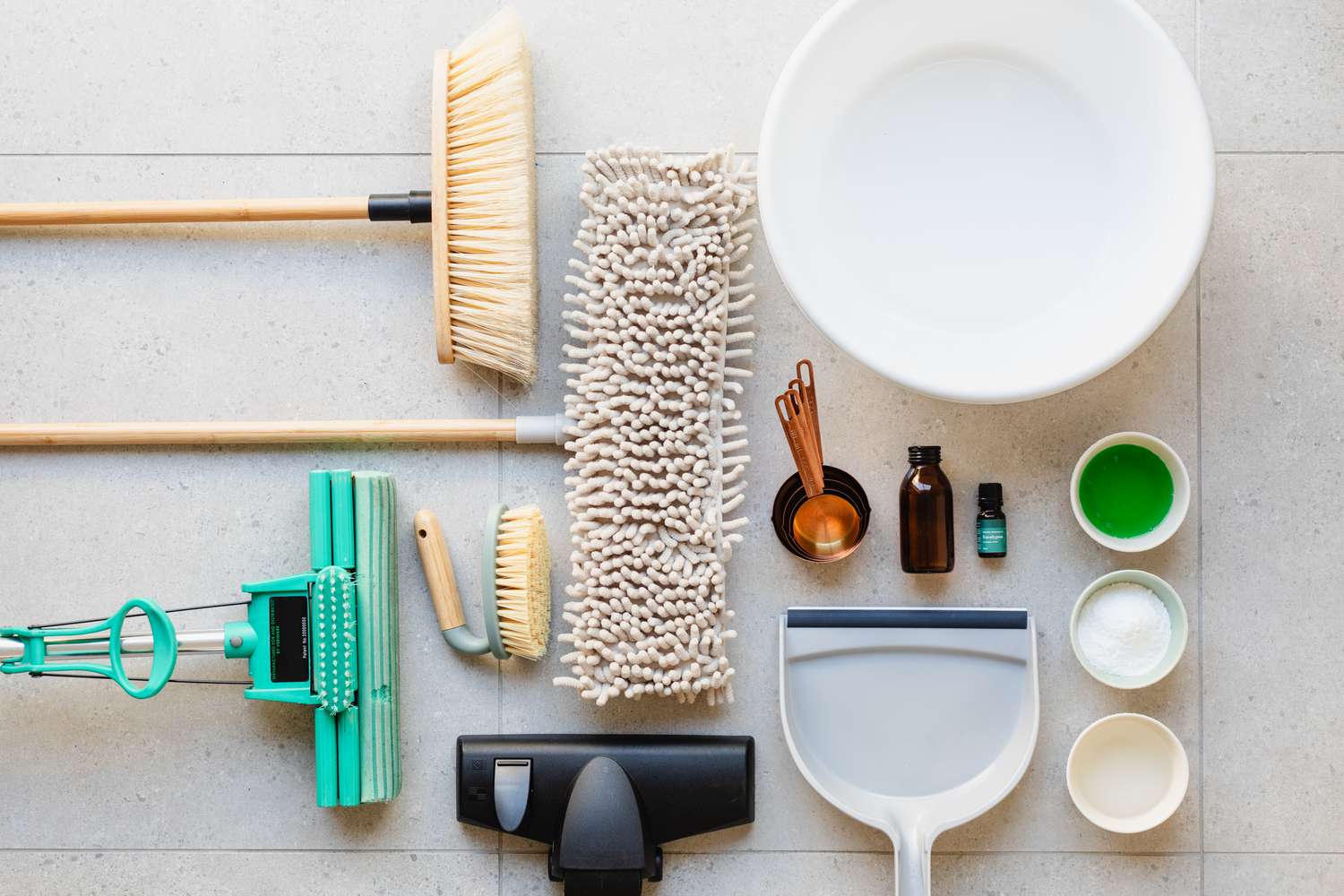
One example of a well-established formulation for a floor cleaner includes the following ingredients:
- Water: 80%
- Sodium Lauryl Ether Sulfate (SLES): 5-10%
- Cocamidopropyl Betaine: 3-5%
- Sodium Hydroxide: 1-2%
- Fragrance: 0.5-1%
- Preservative: 0.1-0.5%
- Colorant: 0.001-0.005%
Tools / Apparatus Required
- Mixing container
- Measuring cups or beakers
- Stirring rod or whisk
- Funnel (optional)
- Spray bottle or mop for application
- Other relevant tools / apparatus
Steps in Making the Product
- Measure and pour the required amount of water into a mixing container. Water serves as the base solvent for the cleaner, diluting the active ingredients and facilitating their dispersion.
- Gradually add Sodium Lauryl Ether Sulfate (SLES) while stirring continuously. SLES acts as a surfactant, breaking down the surface tension of water and enabling it to penetrate and lift dirt and stains effectively.
- Next, incorporate Cocamidopropyl Betaine, which serves as a co-surfactant and foam booster. It enhances the cleaning efficiency of the solution and helps to generate lather for easier application.
- Carefully add Sodium Hydroxide, a pH adjuster, in small increments while monitoring the pH level of the solution. Sodium Hydroxide helps to maintain the alkalinity of the cleaner, optimizing its cleaning performance on tough stains and greasy residues.
- Add some fragrance and colorant according to the specified percentages to enhance the aesthetic appeal and sensory experience of the cleaner.
- Finally, add the preservative to prolong the shelf life of the product and prevent bacterial growth, ensuring its effectiveness over time.
Common Issues and Solutions:
Separation of Ingredients: If the ingredients separate after mixing, thoroughly stir or shake the solution before each use to ensure uniform distribution.
pH Imbalance: If the pH level is too high or too low, adjust it by adding small amounts of pH adjuster such as Sodium Hydroxide to increase alkalinity or Citric Acid to decrease acidity until the desired pH range is achieved.
Foam Stability: To improve foam stability, adjust the concentration of surfactants or incorporate foam stabilizers.
Recap of the Know-How:
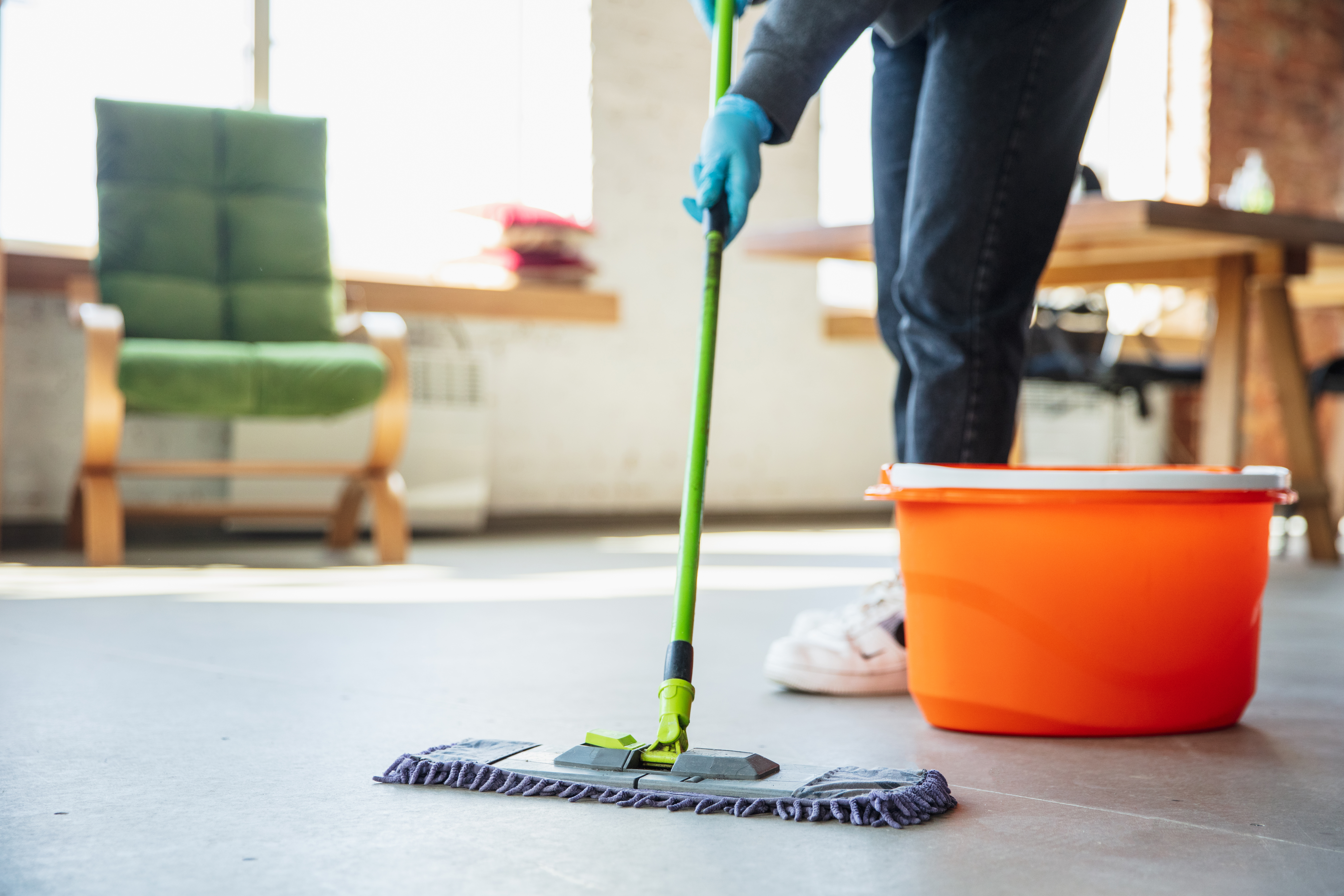
Creating a floor cleaner involves combining water with surfactants, pH adjusters, fragrances, preservatives, and colorants to achieve an effective cleaning solution. Careful measurement and mixing of ingredients are crucial to ensure optimal cleaning performance and product stability. Regular maintenance and adjustments may be necessary to address common issues such as separation, pH imbalance, and foam stability.
In summary, creating a floor cleaner is made simpler with our range of high-quality raw materials. At DChemie Malaysia, we specialize in supplying raw materials and ingredients, ensuring you have access to everything you need to formulate effective cleaning solutions. Explore the possibilities and convenience of crafting your own floor cleaner with us. For more information on our offerings, visit our website. You may also refer to the product link below.

